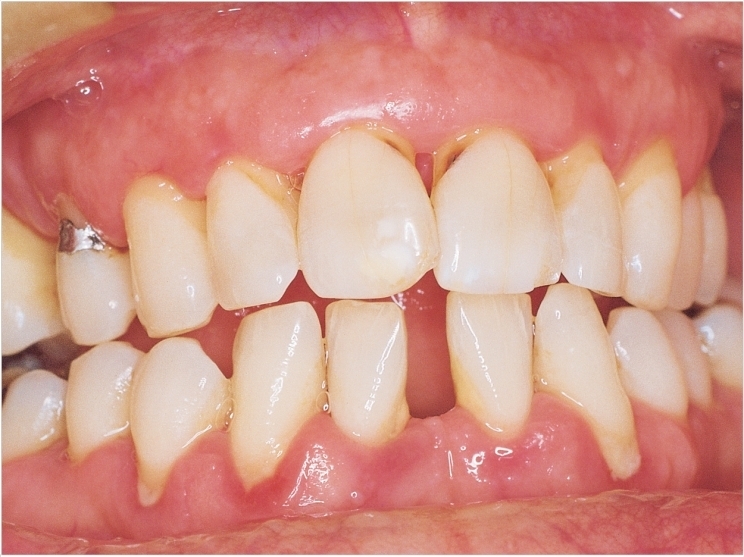
Porphyromonas gingivalis assembles hair-like structures on its surface called fimbriae for adhesion in the oral cavity, helping it initiate and sustain infection and leading to periodontitis. But targeting P gingivalis with certain peptides inhibits the fimbriae, according to researchers at Stony Brook University.
The results of the research may serve as a foundation for developing drugs that are specifically targeted to inhibit P gingivalis in the oral cavity, providing new treatment for periodontitis and an alternative to the use of traditional antibiotics—which may in turn aid in the fight against antibiotic resistance, as periodontitis affects approximately half of all American adults.
The research was led by David Thanassi, PhD, professor and chair of the Department of Molecular Genetics and Microbiology in the Renaissance School of Medicine at Stony Brook University, and conducted in collaboration with Stephen Walker, PhD, associate professor in the Department of Oral Biology and Biology at the School of Dental Medicine.
The research was supported in part by the National Institutes of Health REACH initiative via the Long Island Bioscience Hub and Center for Biotechnology at Stony Brook University, as well as by the IRACDA-NYCAPS Postdoctoral Fellowship from the National Institute of General Medical Sciences.
The study, “Peptide-Based Inhibitors of Fimbrial Biogenesis in Porphyromonas Gingivalis,” was published by Infection and Immunity.
Related Articles
Oral Bacteria Glide Throughout the Mouth
F Nucleatum Accelerates Colon Cancer Growth
Mouth Rinse Could Prevent Peri-Implantitis










